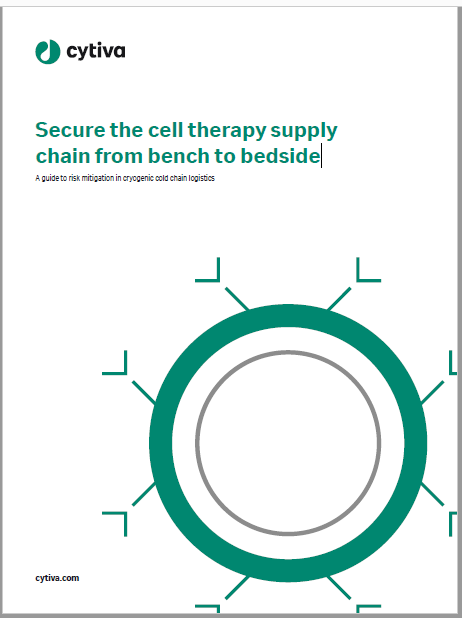RegenxBio has reported further positive interim results from the ongoing Phase II ALTITUDE clinical trial of its therapy RGX-314 for diabetic retinopathy (DR) without centre-involved diabetic macular oedema (CI-DME).
In partnership with AbbVie, Regenxbio is analysing RGX-314 as a one-time gene therapy to treat wet age-related macular degeneration and DR.
RGX-314 comprises the NAV AAV8 vector, which has a gene encoding for a monoclonal antibody fragment for hindering vascular endothelial growth factor (VEGF).
Furthermore, it is claimed to block the VEGF pathway, which causes the formation of new, leaky blood vessels and the buildup of fluid in the retina.
In the trial, RGX-314 is administered using in-office suprachoroidal delivery.
The open-label, multicentre, randomised, controlled dose-escalation trial analysed the safety, efficacy and tolerability of suprachoroidal delivery of RGX-314 using the SCS Microinjector.
How well do you really know your competitors?
Access the most comprehensive Company Profiles on the market, powered by GlobalData. Save hours of research. Gain competitive edge.

Thank you!
Your download email will arrive shortly
Not ready to buy yet? Download a free sample
We are confident about the unique quality of our Company Profiles. However, we want you to make the most beneficial decision for your business, so we offer a free sample that you can download by submitting the below form
By GlobalDataIt enrolled DR patients with moderately severe or severe nonproliferative diabetic retinopathy (NPDR) or mild proliferative diabetic retinopathy (PDR).
In Cohort 1 of the trial, RGX-314 was found to be well tolerated as of 18 January 2022.
Findings showed that 47% or seven of the 15 subjects treated with RGX-314 in Cohort 1 had a two-step or better improvement from baseline on the Early Treatment Diabetic Retinopathy Study-Diabetic Retinopathy Severity Scale (DRSS) versus 0% in the observational control arm at six months.
Improvement in DRSS was the primary endpoint of the trial.
At six months, 57% of subjects with NPDR at baseline had a two-step or enhanced improvement in DRSS following RGX-314 treatment.
Furthermore, two serious adverse events that were not associated with the drug were seen in two subjects, without any cases of intraocular inflammation reported.
Subject enrolment in the Cohorts 2 and 3 of the trial are underway to analyse the 5×1011 GC/eye dose level of RGX-314.
Regenxbio chief medical officer Steve Pakola said: “We are pleased to see that RGX-314 continues to be well tolerated at six months following a one-time, in-office injection, with nearly 50% of patients dosed with RGX-314 in Cohort 1 demonstrating a clinically meaningful improvement from baseline.
“We are continuing to enrol patients in Cohorts 2 and 3 and look forward to sharing additional updates from this trial.”
In January, the US Food and Drug Administration granted clearance to the Investigational New Drug application of Regenxbio to start a trial of RGX-202 for treating Duchenne muscular dystrophy.
Cell & Gene Therapy Coverage on Clinical Trials Arena supported by Cytiva.
Editorial content is independently produced and follows the highest standards of journalistic integrity. Topic sponsors are not involved in the creation of editorial content.



